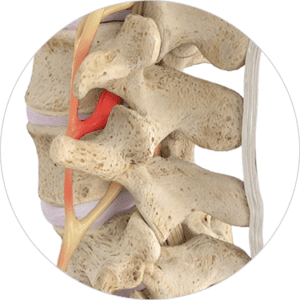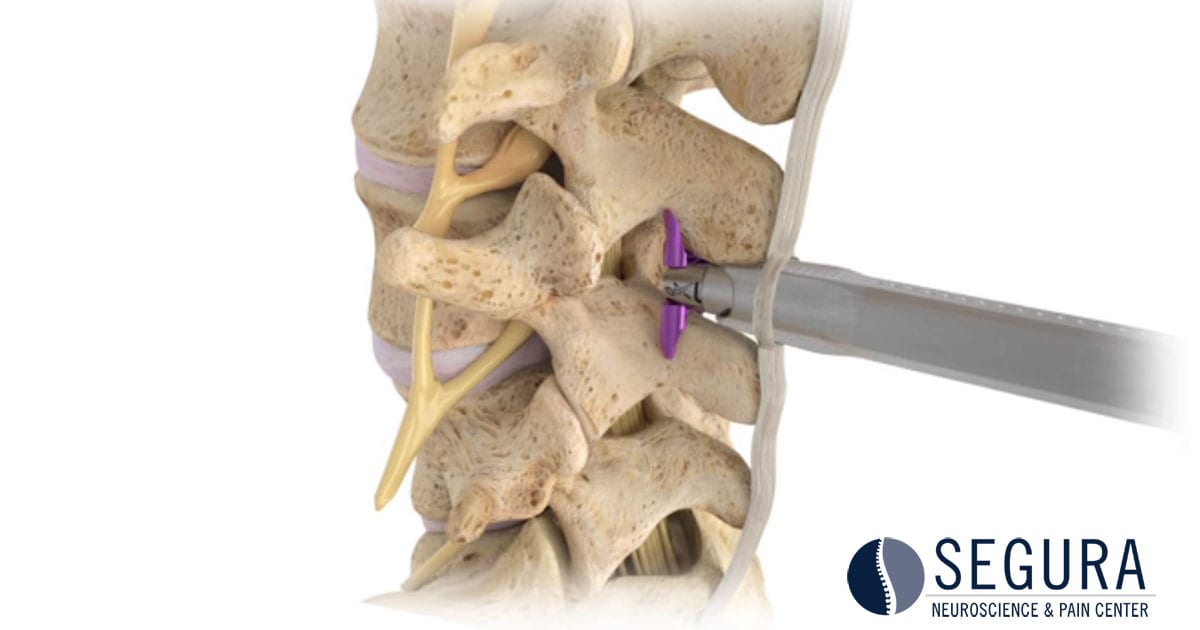The Vertiflex Superion implant offers patients suffering from lumbar spinal stenosis a minimally invasive alternative to other, more intense surgical options, such as a laminectomy or spinal fusion.
What is lumbar spinal stenosis?
 Lumbar spinal stenosis (LSS) is a narrowing of the spinal passage caused by the natural degeneration of discs, typically as a result of aging. This condition may also appear in younger patients, often due to developmental causes. Changes in the shape of the spinal canal can cause the compression of nerves in the lumbar spine, leading to lower body pain.
Lumbar spinal stenosis (LSS) is a narrowing of the spinal passage caused by the natural degeneration of discs, typically as a result of aging. This condition may also appear in younger patients, often due to developmental causes. Changes in the shape of the spinal canal can cause the compression of nerves in the lumbar spine, leading to lower body pain.
What does the procedure entail?
The Vertiflex Superion interspinous spacer is an FDA approved, minimally invasive device that restores the space between vertebrae. The Superion spacer is put in place using a small tube the size of a dime. This outpatient procedure minimizes tissue damage and blood loss, allowing for a faster, more comfortable recovery.
How indirect spinal decompression works
The Superion implant works by holding the compressed vertebrae further apart, relieving the pressure placed on nerves and reducing inflammation. Available in several sizes, the implant provides an optimal fit for each patient’s anatomy. Unlike other surgical procedures, the implant preserves the range of motion in the lower back. The minimally invasive approach minimizes post-procedure complications.
What are the benefits from this procedure?
The expandable Superion implant relieves pressure on the nerves affected by lumbar spinal stenosis. The minimally invasive approach preserves sensitive tissue in the back and is fully reversible. Unlike a fusion, the motion in the lower back (lumbar spine) is preserved.
Designed to provide patients with a safe alternative to traditional surgery, the Superion implant gives patients an effective option when conservative treatments have failed and invasive surgery is too aggressive.

